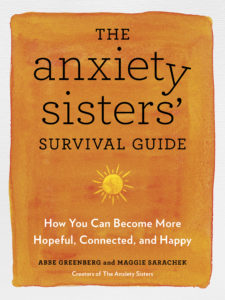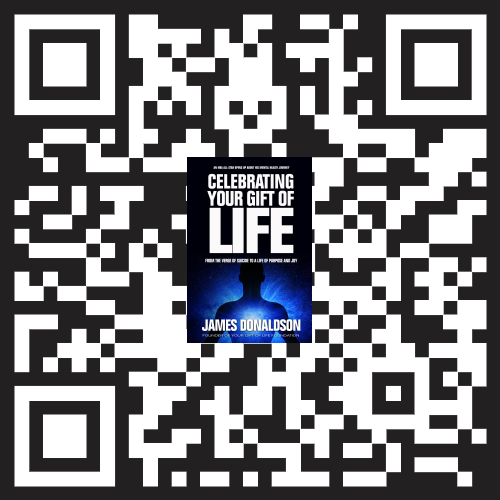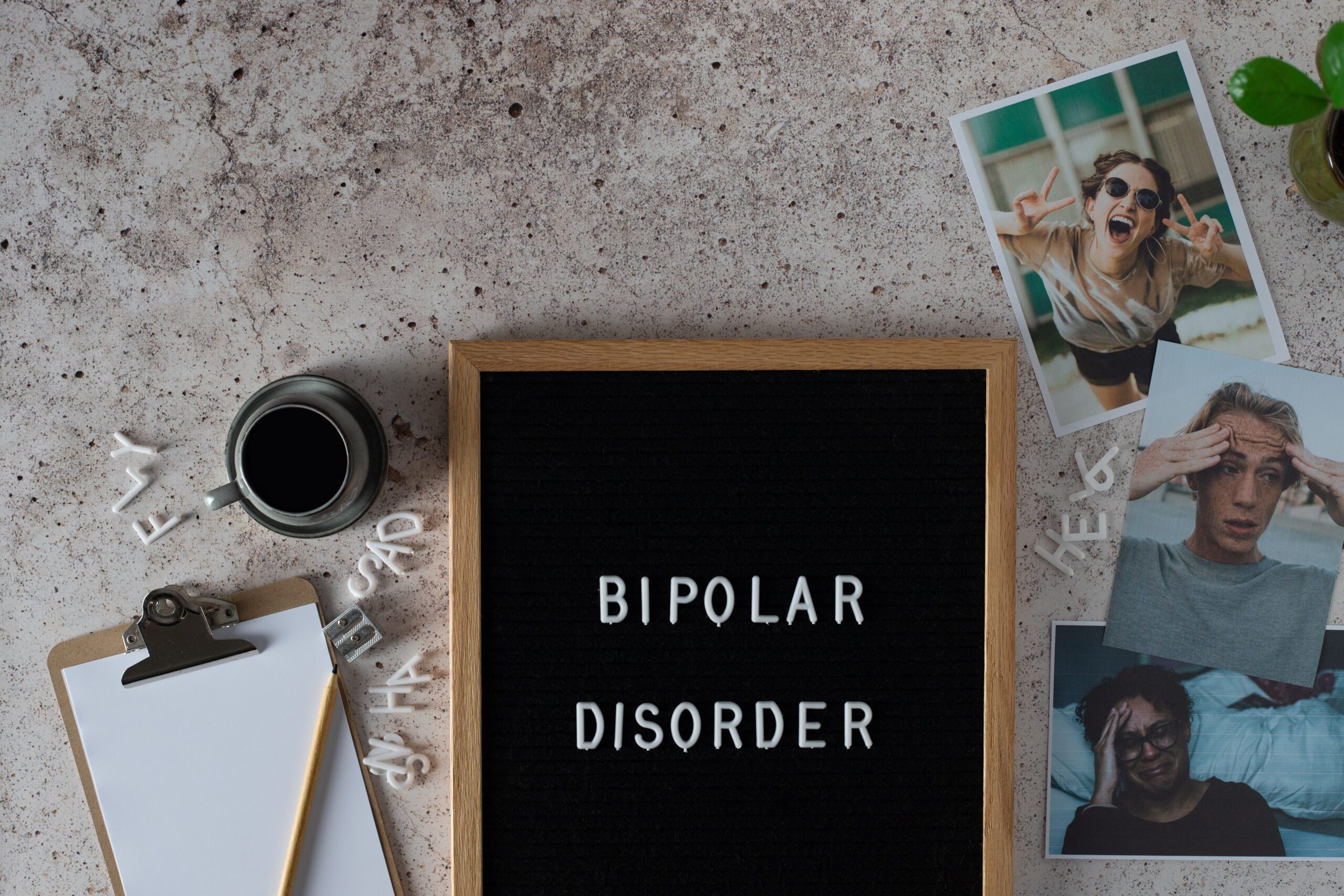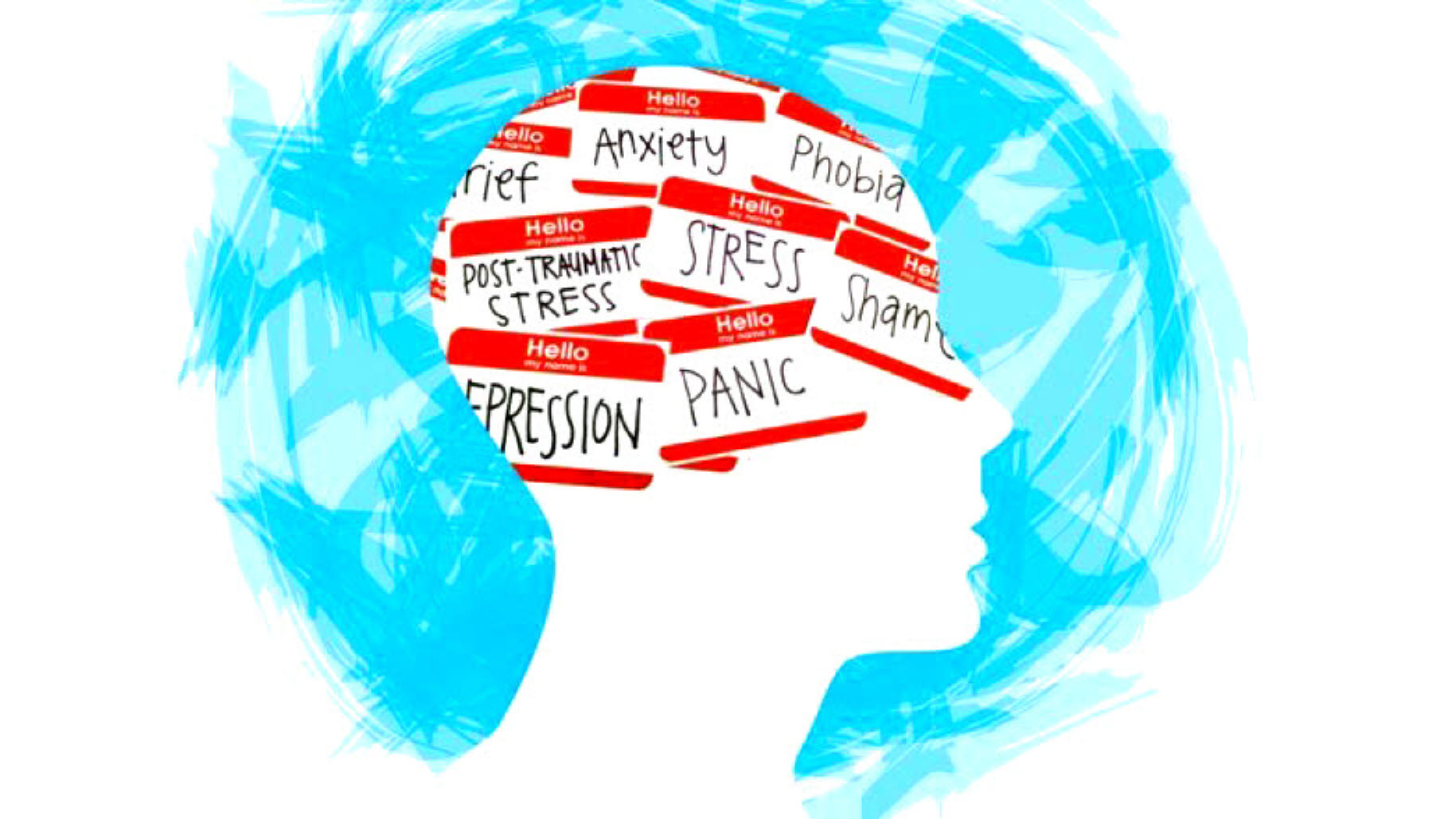
A treatment for children and teenagers with trouble managing emotions
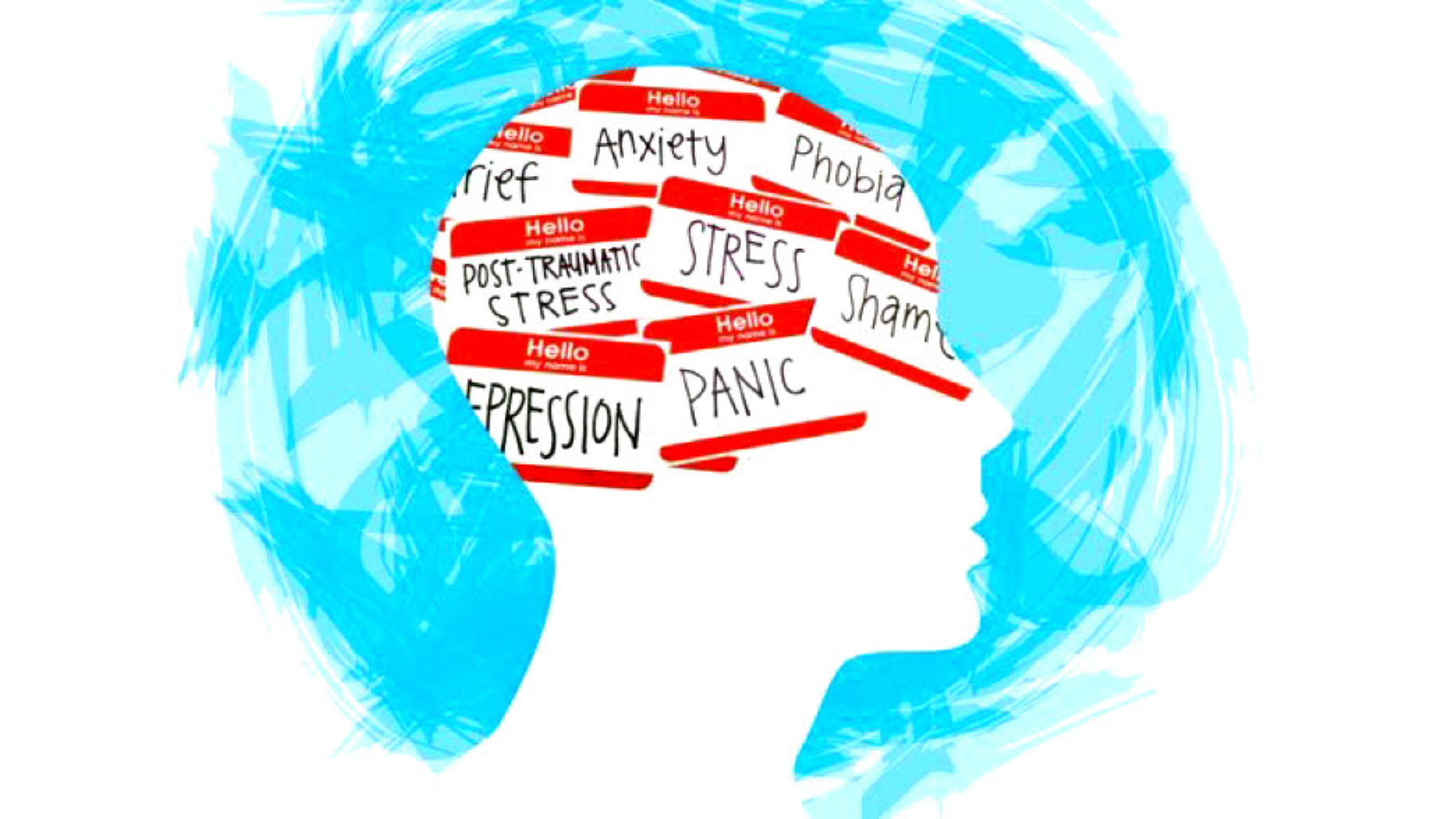
Writer: Juliann Garey
Clinical Experts: Jill Emanuele, PhD , David Friedlander, PsyD , Lauren Allerhand, PsyD
https://www.youtube.com/watch?v=kJP-Kf6IhDQ&ab_channel=ChildMindInstitute
What You'll Learn
- What is DBT?
- How does DBT work?
- What is DBT used for?
- Quick Read
- Full Article
- Who is DBT for?
- Why is it called ‘dialectical’?
- A brief history of DBT
- How does DBT work?
- What are DBT skills?
- Why does DBT include phone coaching?
- Structured therapy sessions
- DBT, DMDD, and young children
- What happens after DBT?
DBT stands for dialectical behavior therapy. It’s an intensive, structured treatment for children and teens who have trouble handling their strong emotions. Being overwhelmed with emotion can cause a lot of problem behaviors, including outbursts, aggression, self-harm, substance abuse, and suicidal thoughts.
DBT was first created to treat a condition called borderline personality disorder, but now it’s widely used to help kids with lots of issues that stem from having overwhelming and painful feelings — anxiety, depression, bipolar disorder, eating disorders, and drug abuse, among other diagnoses.
DBT works by combining two sets of skills. The first, called mindfulness, helps kids understand and accept difficult feelings without judgment. The second, a treatment called CBT (cognitive behavioral therapy), teaches them coping strategies to change unhelpful feelings and thought patterns.
DBT is often helpful for kids who have tried other forms of therapy, but need something more intensive, without being in-patient.
In DBT, patients participate in three things: one-on-one therapy, group skills training, and phone coaching from their therapist available 24/7 to help them handle difficult situations without self-destructive behaviors. Parents are taught the same skills the kids learn, so they can help their kids use them outside of therapy sessions.
If you have a child with emotional or behavior problems, there’s a good chance you’ve heard of mindfulness or cognitive behavioral therapy (CBT), two different approaches to helping kids with anxiety and mood disorders. But there’s another very popular therapy that combines elements of both: DBT, or dialectical behavior therapy. DBT is an intensive, highly structured program that’s been adapted for children and adolescents with serious emotional instability, including self-harm and suicidal ideation.
Who is DBT for?
“DBT is best suited for people who have a core challenge with highly sensitive emotions, and it’s impairing their functioning,” explains Lauren Allerhand, PsyD, co-director of DBT programs at the Child Mind Institute. “The extreme emotions can cause a wide range of symptoms.”
Those symptoms might include explosive anger or outbursts, intense mood swings, physical aggression, conflict with parents and siblings, or impulsive behaviors like self-harm, substance abuse, or risky sex. “Many of these challenges can be viewed as the downstream effect of emotion dysregulation.”
While DBT was first developed to treat people diagnosed with borderline personality disorder, it is now being used to help kids with a wide range of diagnoses, including depression, anxiety, bipolar disorder, eating disorders, substance use disorders, and disruptive behavior disorders. “Since there are many ways emotional dysregulation can present, DBT is a transdiagnostic treatment,” Dr. Allerhand says.
Why is it called ‘dialectical’?
DBT is “dialectical” because it works by simultaneously addressing two things that might seem contradictory: acceptance of feelings (mindfulness) and learning to use coping strategies to change unhelpful feelings and thought patterns (CBT). It’s basically “‘I’m doing the best I can’ on the one hand, and ‘I need to do better,’” notes Alec Miller, PsyD, a professor in the Department of Psychiatry and Behavioral Sciences at Albert Einstein College of Medicine. “That’s a dialectical truth.”
A brief history of DBT
Dialectical behavior therapy was developed by Marsha Linehan, PhD, in the 1970s to treat adult borderline personality disorder — a disorder with symptoms that include emotional volatility, trouble with relationships, self-destructive behaviors and suicidal thoughts. These patients were typically thought of as “difficult,” if not impossible, to treat. Dr. Linehan redefined the disorder, reframing it as a specific problem of the emotion regulation system that can be addressed with a structured intervention.
People with borderline personality disorder have trouble regulating their moods, which leads to impulsivity and conflict in interpersonal relationships. That, in turn, often leaves them feeling misunderstood by others around them. First, Dr. Linehan tried traditional CBT, which emphasizes using conscious thoughts to confront and change overwhelming emotions. She was unsuccessful with her patients. So she then tried an acceptance-based approach that came out of her meditation and mindfulness practice. This, too, failed.
“So then she had this brilliant epiphany,” says Dr. Miller. “Blending the acceptance strategies of mindfulness with the change technologies of CBT to create this dialectical behavior therapy.”
How does DBT work?
A comprehensive DBT program involves four components:
- Individual therapy
- Group skills training for managing intense emotions
- 24/7 access to phone coaching from the therapist to help kids and parents manage difficult situations using their skills
- Weekly team meetings for therapists to support each other and consult on their cases
For children and adolescents, parents are involved in skills training so they can encourage their child to use the skills they are learning in real-life situations. “The feedback from parents is, ‘Where have these skills been all my life? I need these skills too,’ ” says Jill Emanuele, PhD, a clinical psychologist who specializes in mood disorders.
The highly structured nature of DBT, combined with the therapists’ stance of acceptance, can make it especially helpful for some kids who have tried other treatment without success and need a higher level of intervention. “A comprehensive DBT program, while still at the outpatient level, is a step up, a more intensive treatment from your standard CBT, which might be a once-a-week therapy,” Dr. Allerhand notes. For some children, DBT offers an alternative to a residential program. Treatment usually lasts from 6 months to a year.
What are DBT skills?
DBT skills training is very structured. For adolescents and children, it consists of five modules:
- Mindfulness skills: Being present, accepting, and non-judgmental in the moment and understanding the signs of unregulated emotions.
- Emotion regulation skills: Coping with difficult situations by building pleasant, self-soothing experiences to protect from emotional extremes. “Especially with teenagers,” says Dr. Emanuele, “there’s a big focus on the physical body: eating properly, getting enough sleep, taking their medicine, and avoiding drug use.”
- Interpersonal effectiveness skills: “It’s often interactions with others that are the negative triggers for impulsive behaviors,” Dr. Emanuele says. The purpose is to teach adolescents how to interact more effectively with other people and enable them to feel more supported by others.
- Distress tolerance skills: “It’s being able to recognize urges to do things that would be ineffective, such as hurting themselves or trying to kill themselves” and consciously controlling them, says Dr. Emanuele. These skills are the crisis survival tools for the most challenging moments.
- Walking-the-middle-path skill: Kids and parents learn how to validate one another, how to compromise and negotiate, and how to see the other person’s side of things. “It has to do with acknowledging multiple truths in the teenagers’ and the parents’ worldview as opposed to ‘I’m right and you’re wrong,’” explains Dr. Miller.
Some clinicians who do individual therapy, but are not part of a comprehensive DBT program, use DBT principles and introduce DBT skills — what’s often called DBT-informed treatment. “That would probably look more like CBT with mindfulness and acceptance-based strategies woven in,” notes Dr. Allerhand, “and it would be probably once a week.”
Why does DBT include phone coaching?
One of the most unusual elements of DBT programs, phone coaching, is designed to support patients’ efforts to apply DBT skills in their lives outside the therapy session, something therapists call “skills generalization.”
As Dr. Allerhand puts it, “How do we actually help people to do the things that we talked about in session when they are in the moments of crisis?” Ideally, the patient calls the therapist when they are tempted to do something self-destructive, to get support in using their DBT skills instead. Emotion dysregulation also leads to ineffective problem solving, and phone coaching can help kids and parents utilize more constructive problem solving skills rather than falling into old, unhelpful patterns.
Structured therapy sessions
Therapy sessions in comprehensive DBT don’t hew to a step-by-step manual, but they do follow structured principles, Dr. Allerhand says.
Each individual therapy session is structured around a diary card that the patient brings to the session, which is like a weekly tracker of their emotions and their urges to engage in whatever their problematic behaviors are.
There is a hierarchy of behaviors: Target 1 are life-threatening behaviors. Target 2, therapy-interfering behaviors. And Target 3, quality-of-life-interfering behaviors.
The therapist makes it a priority to focus on Target 1 behaviors, giving them the most time in a session. “The point is that you can’t ignore if they’re thinking about hurting or killing themselves,” Dr. Allerhand explains, “and talk about, the test that they got a B- on.”
DBT, DMDD, and young children
DBT programs treat kids as young as 6. Dr. Allerhand says that the younger kids they see include those diagnosed with disruptive mood dysregulation disorder (DMDD).DMDD is a relatively new diagnosis for children who have explosive tantrums — big and emotional responses that are out of proportion to the events that triggered them — and in between outbursts they usually continue to be irritable.
Some of these young kids have behaviors that we usually associate with teenagers — hurting themselves, talking about killing themselves, or trying to kill themselves. “Recent CDC data actually showed that there’s been an increase in suicide attempts and completed suicides for younger kids,“ she notes.
Referrals to a DBT-C program (one structured specifically for children ages 6-12) often happen, she adds, “when the behavior has become so problematic that parents are worried for the safety of the child or other members of the family, or school placement is in jeopardy.”
#James Donaldson notes:
Welcome to the “next chapter” of my life… being a voice and an advocate for #mentalhealthawarenessandsuicideprevention, especially pertaining to our younger generation of students and student-athletes.
Getting men to speak up and reach out for help and assistance is one of my passions. Us men need to not suffer in silence or drown our sorrows in alcohol, hang out at bars and strip joints, or get involved with drug use.
Having gone through a recent bout of #depression and #suicidalthoughts myself, I realize now, that I can make a huge difference in the lives of so many by sharing my story, and by sharing various resources I come across as I work in this space. #http://bit.ly/JamesMentalHealthArticle
Find out more about the work I do on my 501c3 non-profit foundation
website www.yourgiftoflife.org Order your copy of James Donaldson's latest book,
#CelebratingYourGiftofLife: From The Verge of Suicide to a Life of Purpose and Joy

www.celebratingyourgiftoflife.com
Link for 40 Habits Signup
bit.ly/40HabitsofMentalHealth
If you'd like to follow and receive my daily blog in to your inbox, just click on it with Follow It. Here's the link https://follow.it/james-donaldson-s-standing-above-the-crowd-s-blog-a-view-from-above-on-things-that-make-the-world-go-round?action=followPub
What happens after DBT?
After the 6-12 months of the comprehensive DBT program, most patients continue with individual or family therapy.
“Once they’ve gained control over the behaviors that were really making their life worse, the dangerous behaviors,” Dr. Allerhand explains, “most people still have lots of other goals that they need to work on to truly make their life feel fulfilling rather than just tolerable.” Many continue to do the diary cards, and they are able to focus in therapy on the continuing barriers to them having the things that they want in their life.
Dr. Allerhand notes that, as that Marsha Linehan famously said, “DBT is not a suicide prevention program. It’s a life-worth-living treatment program. The idea is that people who have the life that they want, the things that they want in their life, and the relationships they want, are much less likely to hurt themselves or kill themselves.”
Frequently Asked Questions
What does DBT stand for?
How does DBT work?
DBT works by combining two sets of skills. The first, called mindfulness, helps kids understand and accept difficult feelings. The second, a treatment called CBT (cognitive behavioral therapy), teaches them how to change their feelings and behavior.
What is DBT used to treat?
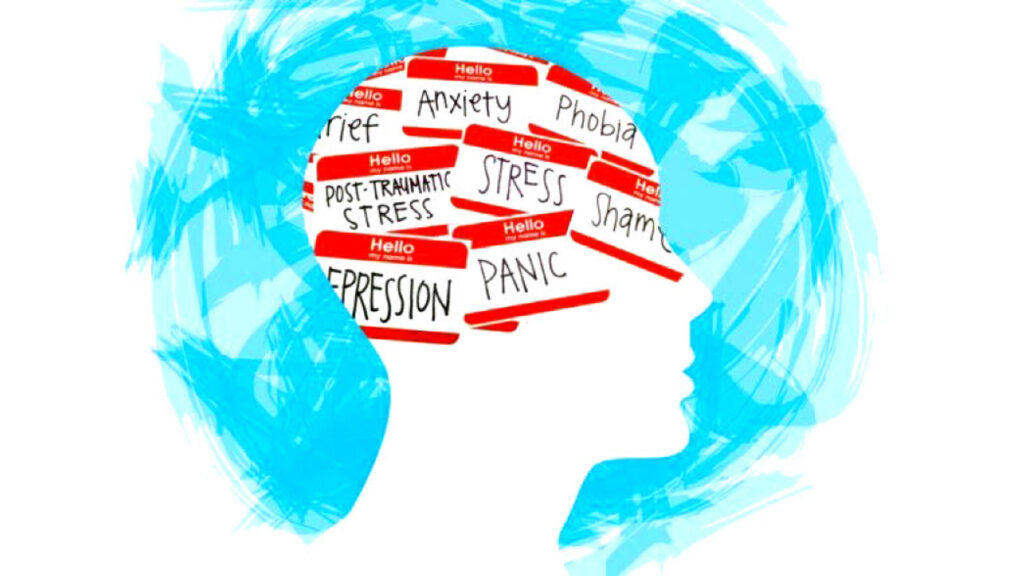 https://standingabovethecrowd.com/james-donaldson-on-mental-health-dbt-what-is-dialectical-behavior-therapy/
https://standingabovethecrowd.com/james-donaldson-on-mental-health-dbt-what-is-dialectical-behavior-therapy/

